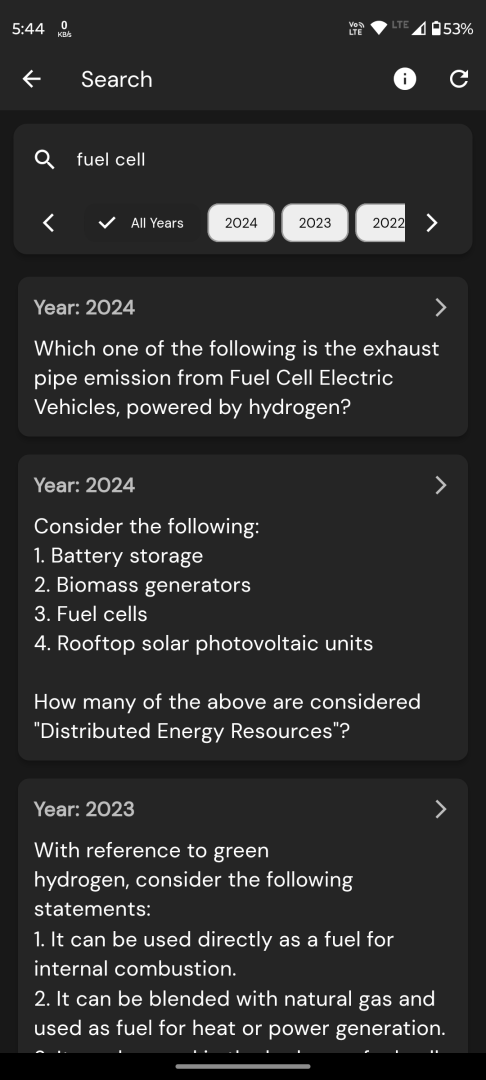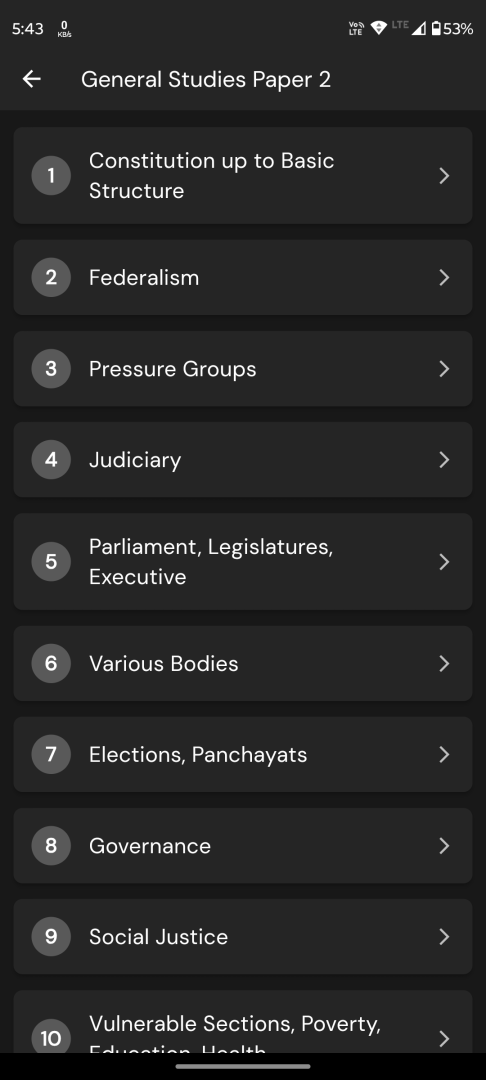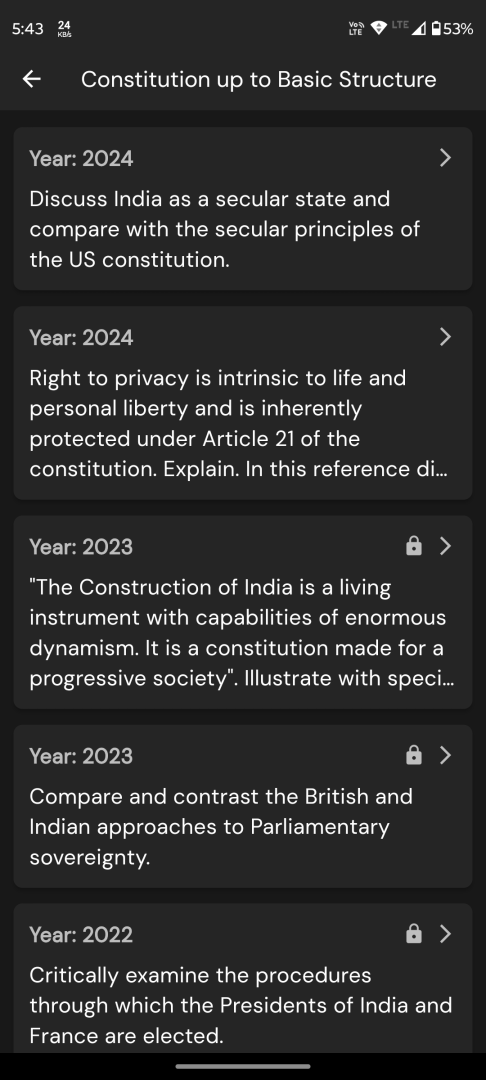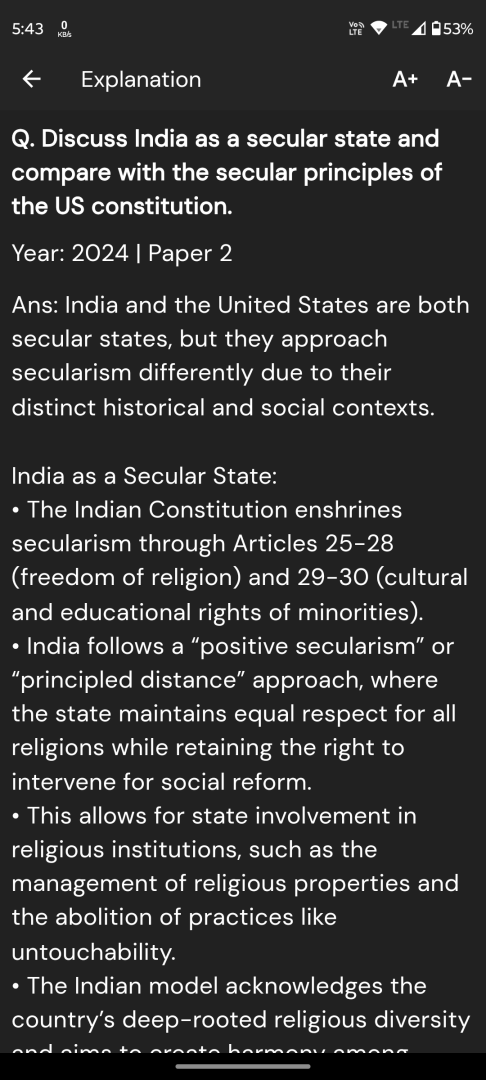Q. Identify the correct chronological sequence of the following:
1. Shankari Prasad vs. Union of India
2. Sajjan Singh vs. State of Rajasthan
3. Golaknath vs. State of Punjab
4. Kesavananda Bharati vs. State of Kerala
Select the correct answer from the codes given below.
a) 1, 4, 3, 2
b) 3, 2, 1, 4
c) 1, 2, 3, 4
d) 3, 4, 2, 1
Question from UPPSC Prelims 2024
The correct answer is: c) 1, 2, 3, 4
Explanation:
1. Shankari Prasad vs. Union of India (1951): This was the first case where the Supreme Court dealt with the question of whether the Parliament has the power to amend fundamental rights under Article 368 of the Constitution. The Court upheld the Parliament’s power to amend fundamental rights.
2. Sajjan Singh vs. State of Rajasthan (1965): In this case, the Supreme Court reaffirmed its decision in Shankari Prasad and held that Parliament could amend any part of the Constitution, including fundamental rights.
3. Golaknath vs. State of Punjab (1967): This case marked a significant shift. The Supreme Court ruled that Parliament could not amend fundamental rights, declaring them to be beyond the scope of amendment under Article 368.
4. Kesavananda Bharati vs. State of Kerala (1973): This was a landmark judgment where the Supreme Court introduced the “Basic Structure Doctrine.” The Court held that while Parliament has wide powers to amend the Constitution, it cannot alter its basic structure.
Thus, the correct chronological sequence is c) 1, 2, 3, 4





